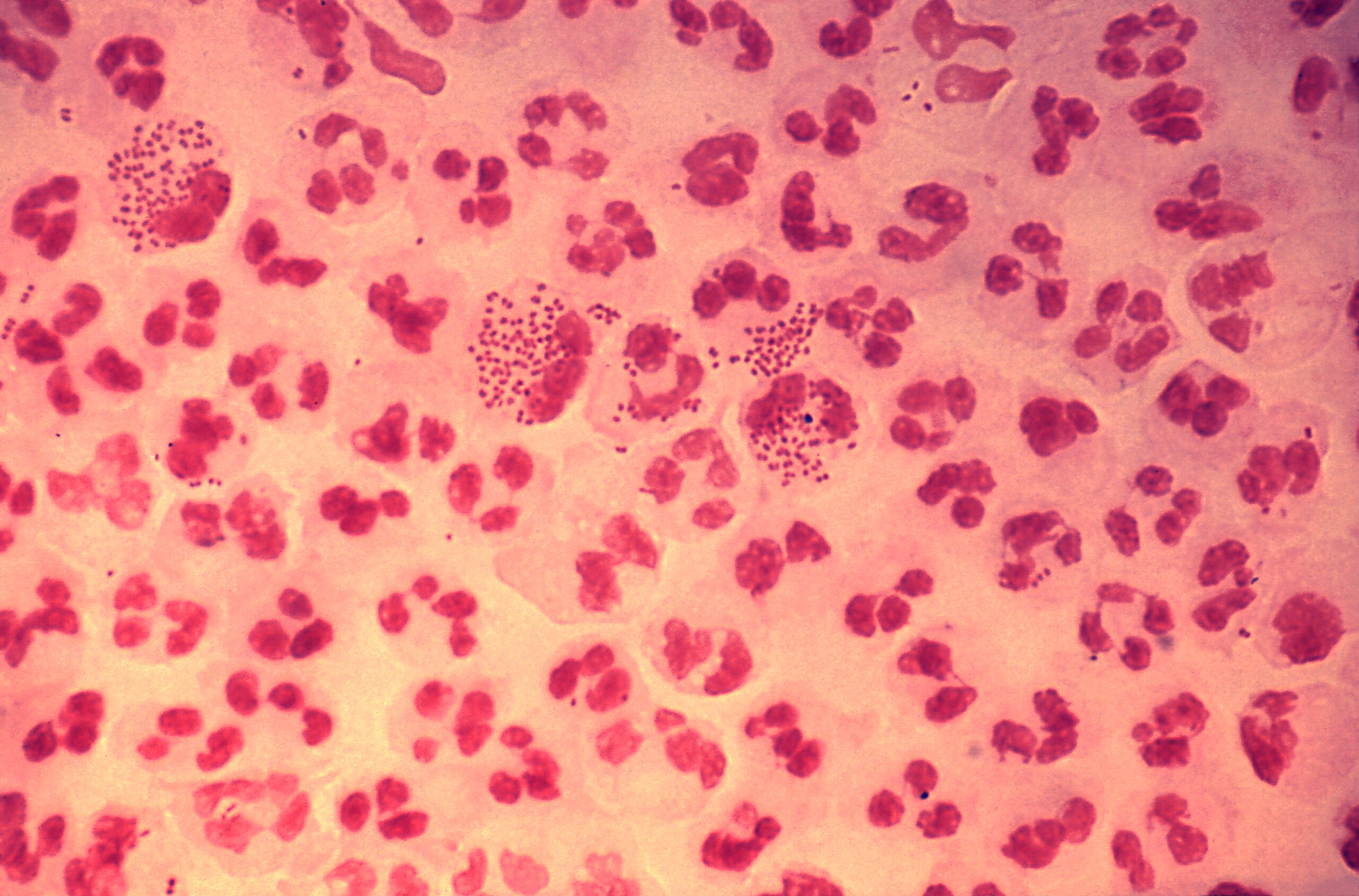Pelvic Inflammatory Disease (PID): Symptoms, Causes, Treatment
What are the symptoms of pelvic inflammatory disease?
Pelvic inflammatory disease (PID) is an infection of the female reproductive organs. The symptoms of PID can vary widely and may be mild or severe. Common symptoms include:
- Pelvic pain: The most common symptom of PID is pelvic pain, which can range from mild to severe. The pain may be dull or sharp and may be constant or intermittent.
- Abnormal vaginal discharge: Women with PID may experience unusual vaginal discharge that is yellow or green in color and may have a foul odor.
- Painful urination: Some women with PID may experience pain or burning sensation when urinating.
- Painful intercourse: Pain during intercourse (dyspareunia) is common in women with PID.
- Irregular menstrual bleeding: PID can cause changes in menstrual bleeding, including spotting between periods or heavier periods than usual.
- Fever and chills: In some cases, women with PID may develop a fever and chills.
- Fatigue: Some women with PID may experience fatigue or general malaise.
It’s important to note that not all women with PID will experience symptoms, and some women may have mild symptoms that are easily overlooked. However, untreated PID can lead to serious complications, including infertility, ectopic pregnancy, and chronic pelvic pain. If you suspect you may have PID or are experiencing symptoms suggestive of PID, it’s important to see a healthcare provider for evaluation and treatment.
What are the causes of pelvic inflammatory disease?
Pelvic inflammatory disease (PID) is usually caused by bacteria that are sexually transmitted, most commonly Neisseria gonorrhoeae (the bacteria that causes gonorrhea) or Chlamydia trachomatis (the bacteria that causes chlamydia). These bacteria can infect the cervix and then ascend into the uterus, fallopian tubes, and ovaries, leading to inflammation and infection of the reproductive organs.
Other bacteria that are not sexually transmitted can also cause PID, including bacteria found in the vagina that normally do not cause infection but can become opportunistic pathogens under certain conditions. These bacteria can enter the reproductive tract and cause infection, especially in women with risk factors such as multiple sexual partners, a history of sexually transmitted infections (STIs), or douching.
Other risk factors for PID include:
- Having unprotected sex
- Having a history of PID or STIs
- Being sexually active at a young age
- Having multiple sexual partners
- Using intrauterine devices (IUDs) for contraception, particularly in the first few weeks after insertion
- Douching regularly
It’s important to note that not all cases of PID are caused by sexually transmitted bacteria, and non-sexually transmitted causes are also possible. Additionally, not all women with risk factors will develop PID, and some women may develop PID without any identifiable risk factors. If you suspect you may have PID, it’s important to see a healthcare provider for evaluation and treatment.
What is the treatment for pelvic inflammatory disease?
The treatment for pelvic inflammatory disease (PID) typically involves antibiotics to treat the underlying infection. The specific antibiotics prescribed will depend on the severity of the infection, the suspected or known bacteria causing the infection, and other factors such as allergies or pregnancy.
Commonly used antibiotics for PID include:
- Doxycycline: Often prescribed along with another antibiotic to provide broad-spectrum coverage against bacteria that commonly cause PID.
- Ceftriaxone: An injectable antibiotic that is often given in addition to oral antibiotics to provide coverage against gonorrhea, which is a common cause of PID.
- Azithromycin: Sometimes used as an alternative to doxycycline for those who cannot take tetracycline antibiotics.
- Metronidazole: May be prescribed if there is concern about anaerobic bacteria causing the infection, particularly in women with risk factors such as recent gynecologic procedures or douching.
In addition to antibiotics, treatment for PID may also include:
- Pain medication: To help relieve pelvic pain.
- Rest: To help the body recover from the infection.
- Follow-up testing: To ensure that the infection has been fully treated and to check for any complications.
- Partner treatment: Sexual partners may need to be treated to prevent re-infection.
It’s important to complete the full course of antibiotics as prescribed, even if symptoms improve before the antibiotics are finished. Untreated or inadequately treated PID can lead to serious complications, including infertility, chronic pelvic pain, and an increased risk of ectopic pregnancy. If you suspect you may have PID, it’s important to see a healthcare provider for evaluation and treatment.




